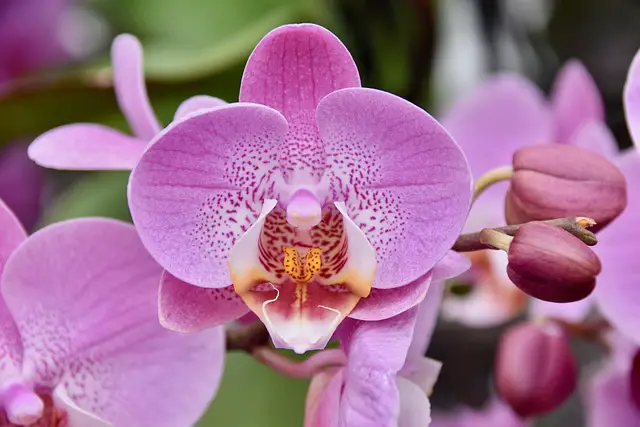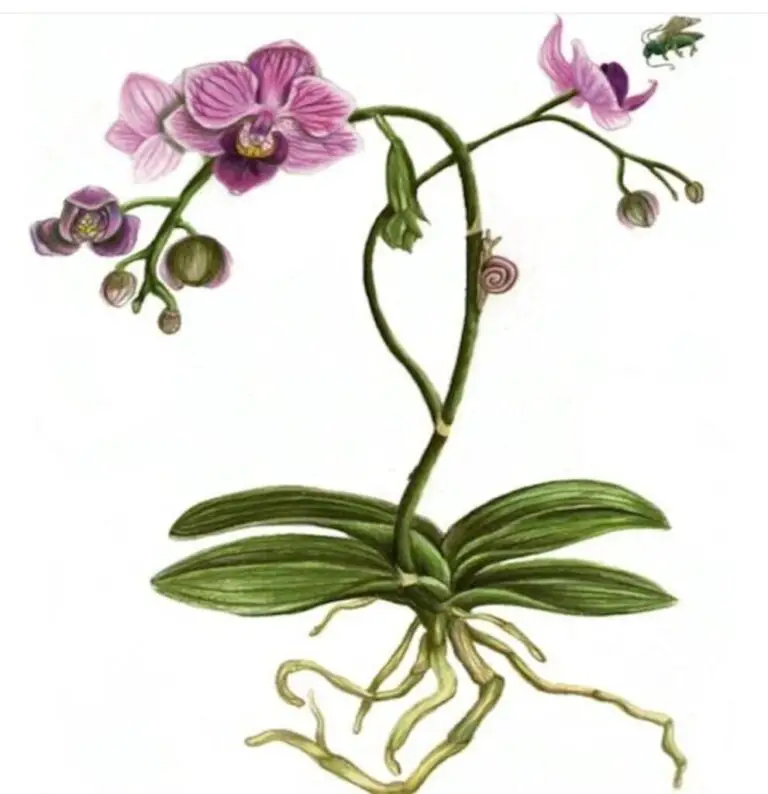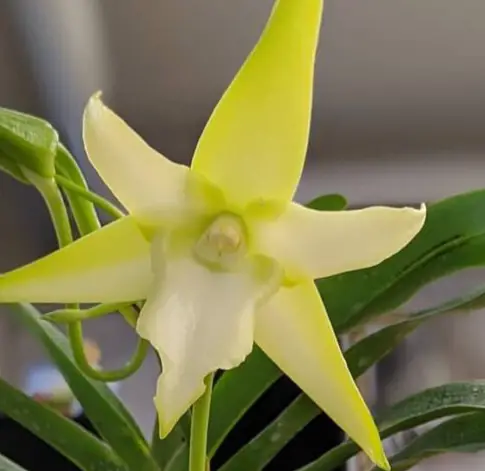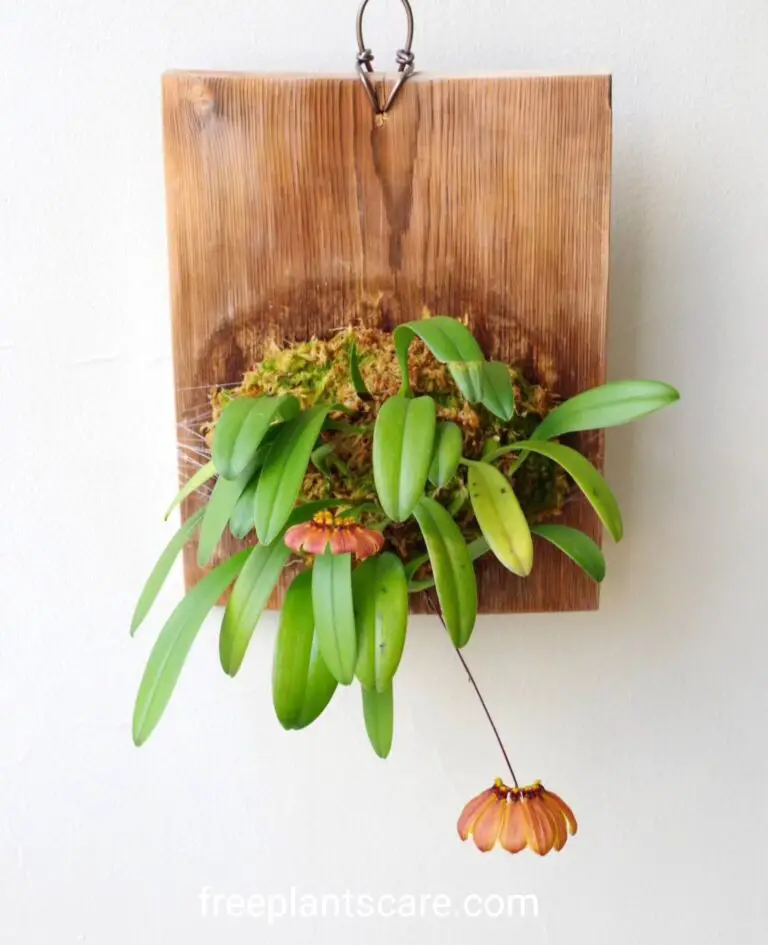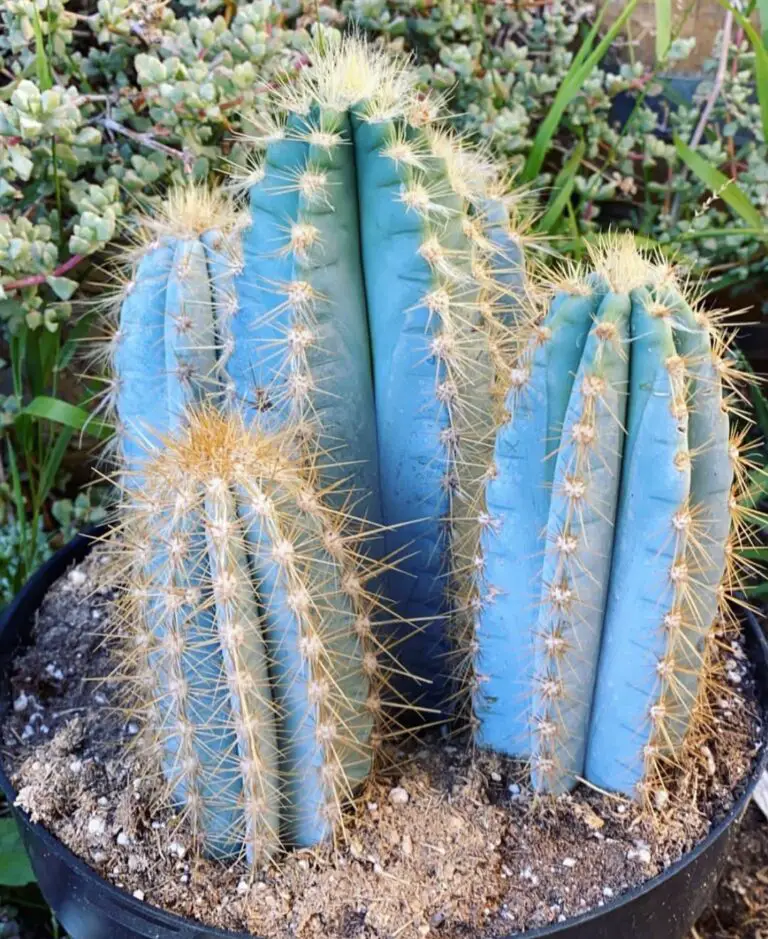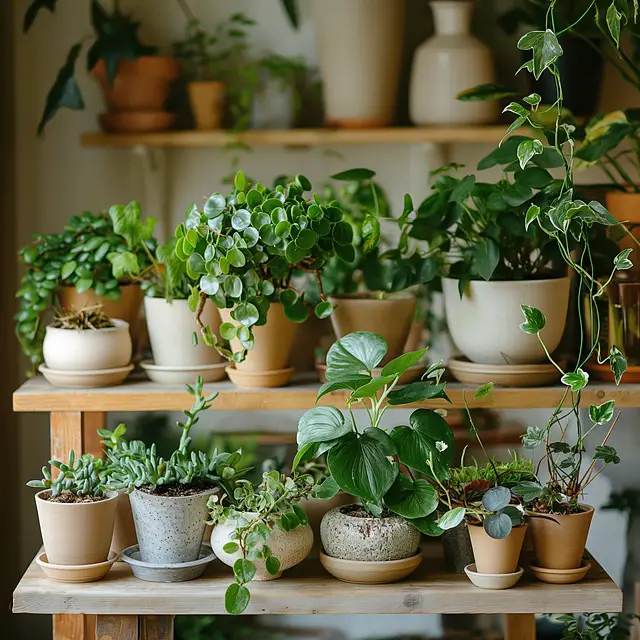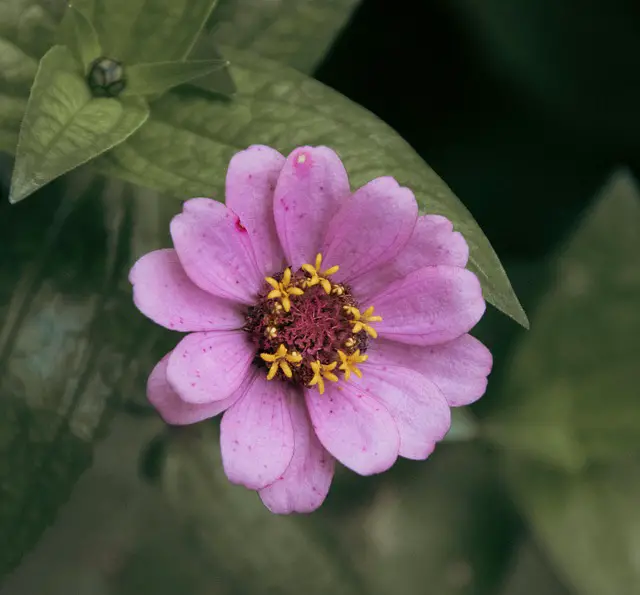Orchids are known for their captivating beauty and elegance, and among the vast variety, Phalaenopsis aphrodite, commonly known as the Moth Orchid, stands out as a favourite for many plant enthusiasts. Its graceful, white blooms, resembling the wings of a moth in flight, make it a symbol of purity, elegance, and timeless charm. Whether you’re an experienced gardener or a novice, this stunning orchid can thrive in your home with the right care.
Phalaenopsis aphrodite—from its origins to practical care tips—ensuring that your orchid blooms beautifully year after year.
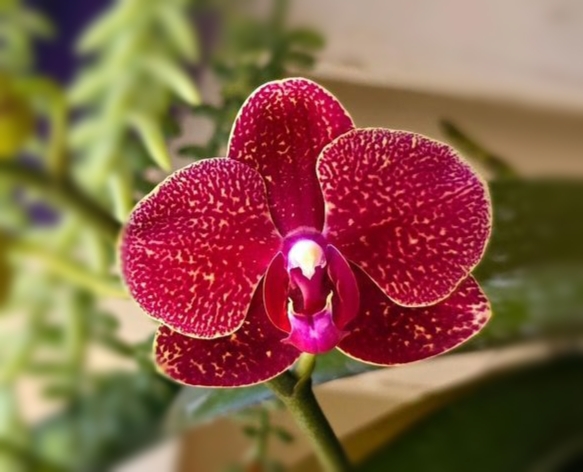
- 1 1. Phalaenopsis Aphrodite: A Brief Overview
- 2 2. Why You Should Add Phalaenopsis Aphrodite to Your Collection
- 3 3. Phalaenopsis Aphrodite Care Guide: Ensuring Healthy Growth
- 4 3.2 Temperature and humidity
- 5 3.3 Watering Schedule
- 6 3.4 Potting Mix and Containers
- 7 3.5 Fertilising Your Phalaenopsis Aphrodite
- 8 3.6 Repotting
- 9 4.Frequent Issues and Solutions
- 10 5. How to Encourage Re-Blooming
- 11 6. Where to Buy Phalaenopsis Aphrodite
- 12 FAQs
Phalaenopsis Aphrodite All-Seasons Care Timetable
| Season | Light & Temperature | Watering & Humidity | Fertilizing | Repotting & Maintenance | Blooming Tips |
|---|---|---|---|---|---|
| Spring | Bright, indirect light (18-24°C) | Water when roots turn silvery (every 7-10 days); 50-70% humidity | Balanced fertilizer (weekly, weakly) | Check for new root growth; repot if needed | Encourages spike growth; support spikes if needed |
| Summer | Filtered sunlight, avoid direct heat (22-28°C) | Increase watering (every 5-7 days); mist lightly if humidity drops | High nitrogen fertilizer for active growth | Monitor for pests like spider mites | Trim faded flowers to promote reblooming |
| Autumn | Reduce direct sun exposure (18-24°C) | Reduce watering as growth slows (every 10-14 days) | Switch to bloom booster fertilizer (higher phosphorus) | Inspect roots and leaves for signs of stress | Encourage spike formation by slight temperature drop (16-18°C at night) |
| Winter | Provide warmth & supplemental light if needed (16-22°C) | Minimal watering (every 14+ days); maintain humidity | Light feeding every 2-3 weeks | Avoid repotting; prevent cold drafts | Flowering season; support spikes and avoid moving plant frequently |
1. Phalaenopsis Aphrodite: A Brief Overview
Phalaenopsis aphrodite is native to tropical and subtropical regions of Southeast Asia, Taiwan, and the Philippines. Its name, “Aphrodite,” is a nod to the Greek goddess of love and beauty, reflecting its delicate and enchanting appearance. It belongs to the Phalaenopsis genus, which is one of the most popular types of orchids due to its relatively easy care and frequent blooming cycles.
These orchids are known for their long-lasting flowers that can bloom for up to three months, making them a perfect addition to any indoor plant collection. Phalaenopsis aphrodite typically features pristine white petals with a subtle yellow or pink centre, creating a classic and sophisticated look.
2. Why You Should Add Phalaenopsis Aphrodite to Your Collection
Elegance and Versatility
Phalaenopsis aphrodite fits beautifully in any home, office, or garden setting. Its soft, white blooms complement various décor styles, from minimalist and modern to classic and luxurious. Whether you’re looking for a centrepiece or an accent, this orchid will enhance the beauty of your space.
Easy to Grow for Beginners
Despite their exotic appearance, Phalaenopsis aphrodite orchids are quite easy to care for, even for beginners. As long as you provide the right environment, they can thrive indoors, offering repeat blooms with minimal effort.
Long-Lasting Blooms
One of the best features of Phalaenopsis aphrodite is its long-lasting blooms. Unlike many other houseplants, which may flower only briefly, these orchids can bloom for months, making them a great investment for plant lovers.
3. Phalaenopsis Aphrodite Care Guide: Ensuring Healthy Growth
To help your Phalaenopsis Aphrodite thrive, it’s important to replicate the tropical conditions it enjoys in the wild. Below is a complete guide to caring for this stunning moth orchid.
3.1 Light Requirements
Phalaenopsis Aphrodite orchids thrive in bright, indirect light. Direct sunlight can scorch their delicate leaves, so it’s best to place them near an east-facing window where they can get morning sunlight. If you’re growing them indoors, a sheer curtain can help filter out harsh rays.
If your orchid isn’t receiving enough light, you may notice fewer blooms, and the leaves may appear darker than usual. Conversely, if the leaves turn yellow or begin to burn, it’s a sign of too much light exposure.
3.2 Temperature and humidity
These orchids prefer a warm, humid environment, ideally between 65-75°F (18-24°C). They can tolerate slightly cooler temperatures at night, but avoid exposing them to temperatures below 60°F (15°C), as this may hinder growth and flowering.
Humidity levels of around 50–70% are ideal. If your home is dry, consider placing a humidity tray under the orchid or using a room humidifier. Misting the leaves can also help maintain moisture, but be careful not to overdo it, as this can lead to fungal issues.
3.3 Watering Schedule
Phalaenopsis Aphrodite orchids prefer to stay slightly moist but never soggy. Water them once a week during the growing season and reduce watering to every two weeks in winter when growth slows down. Use room-temperature, filtered water or rainwater, as tap water may contain chemicals that can harm the plant.
The best way to water your orchid is to soak the pot in water for about 10–15 minutes, allowing the roots to absorb moisture. Afterward, make sure the pot drains thoroughly to prevent root rot, which is one of the most common issues orchid owners face.
3.4 Potting Mix and Containers
Orchids don’t grow in regular soil. Instead, Phalaenopsis aphrodite requires a specialised orchid mix, typically made of bark, sphagnum moss, charcoal, and perlite. These ingredients help ensure good airflow to the roots while retaining the right amount of moisture.
Make sure the pot you choose has drainage holes in it .Orchids like to dry out between waterings, and a well-draining pot prevents water from sitting at the bottom, which can lead to root rot.
3.5 Fertilising Your Phalaenopsis Aphrodite
To encourage strong growth and abundant blooms, feed your Phalaenopsis aphrodite with a balanced orchid fertiliser (20-20-20) every two weeks during the growing season (spring and summer). During the winter months, when growth slows, reduce feeding to once a month.
Always dilute the fertiliser to half strength, as orchids are sensitive to overfeeding, which can burn the roots.
3.6 Repotting
Phalaenopsis orchids typically need to be repotted every 1-2 years when the potting mix starts to break down or the plant outgrows its container. Spring, just after the flowering period, is the ideal time to repot. Be sure to handle the roots gently, as they are delicate.
4.Frequent Issues and Solutions
Even with the best care, you may encounter a few issues when growing Phalaenopsis aphrodite. Here’s how to deal with the most typical issues.
Yellowing Leaves: This can result from overwatering, too much direct sunlight, or old age. Adjust the watering schedule and light conditions, and remove any yellowed leaves.
Root Rot: If the leaves become limp and the roots look mushy, the plant may be suffering from root rot. Trim away the damaged roots and repot the orchid in fresh bark mix.
Lack of Blooms: If your orchid isn’t blooming, it may need more light or a temperature drop at night to trigger flower production. Try moving it to a brighter location or providing a cooler nighttime environment.
5. How to Encourage Re-Blooming
Phalaenopsis aphrodite is a re-blooming orchid, and with proper care, you can enjoy its flowers several times a year.Cut the flower spike around an inch above a node, or little hump on the stem, after the flowers have fallen.This encourages the orchid to produce new flowers from the same spike.
To stimulate re-blooming, provide the orchid with cooler nighttime temperatures (around 60°F or 15°C) and continue with a regular care routine of light, water, and fertilisation.
6. Where to Buy Phalaenopsis Aphrodite
Orchids of Phalaenopsis aphrodite are commonly found online, in specialised orchid nurseries, and garden centres. Look for plants with sturdy roots, vibrant green foliage, and no indications of disease or pests when making a purchase.
Phalaenopsis aphrodite is not just an orchid—it’s a statement piece for any plant lover. Its elegant beauty, ease of care, and long-lasting blooms make it a must-have in any indoor garden. By following the care tips outlined above, you can enjoy the stunning presence of this moth orchid for years to come. Phalaenopsis aphrodite is the ideal option, then, if you want to incorporate a little of elegance and the allure of nature into your collection.
Let your orchid journey bloom with the timeless beauty of Phalaenopsis aphrodite! Happy orchids
FAQs
What makes Phalaenopsis Aphrodite unique among other moth orchids?
Phalaenopsis Aphrodite is known for its large, pure white flowers with a striking yellow center. Its beauty and elegance make it a popular choice for orchid enthusiasts, adding a timeless aesthetic to any collection.
How do I care for a Phalaenopsis Aphrodite orchid?
Phalaenopsis Aphrodite orchids thrive in indirect light, with a temperature range of 65-80°F. Watering once a week and maintaining high humidity levels is essential for their health. Avoid overwatering, and ensure good drainage to prevent root rot.
Can Phalaenopsis Aphrodite orchids rebloom?
Yes, with proper care, Phalaenopsis Aphrodite can rebloom. After the initial bloom fades, cutting the flower spike just above a node may encourage a new spike or additional blooms.
What are common issues with Phalaenopsis Aphrodite orchids?
Common problems include overwatering, which can lead to root rot, and low humidity, which may cause the leaves to wrinkle. Pests like aphids and mealybugs can also affect this orchid, but they can be treated with insecticidal soap.

